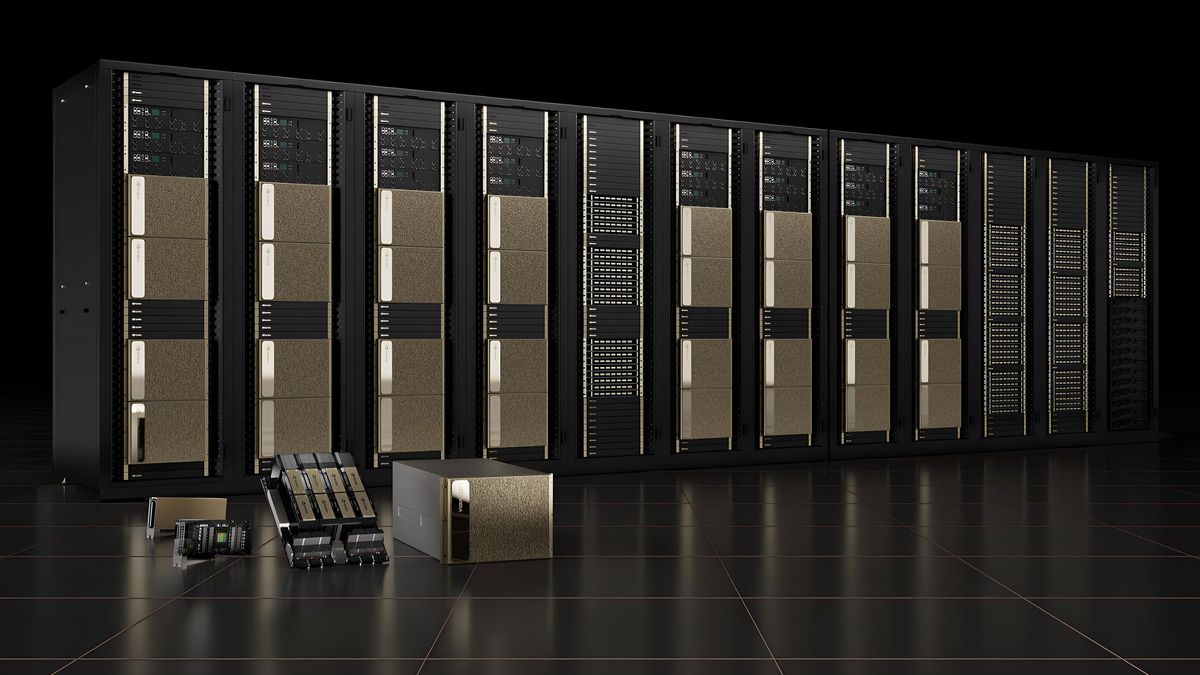ByteDance's Strategic GPU Acquisition: A $7 Billion Investment in AI

ByteDance is poised to spend $7 billion on Nvidia GPU rentals, aiming to bolster its AI infrastructure while navigating U.S. sanctions.
In a bold move to strengthen its AI capabilities amidst escalating U.S. sanctions, ByteDance is planning to allocate a substantial $7 billion towards renting Nvidia GPUs in the cloud. This strategy not only underscores the growing importance of advanced computing power in AI development but also reflects the strategic maneuvers companies are taking to adapt to geopolitical pressures. As AI continues to revolutionize industries, access to cutting-edge hardware has become critical for companies looking to maintain competitive advantages.
According to reports, ByteDance aims to become one of the largest renters of Nvidia's GPUs by 2025. This decision follows a significant investment strategy aimed at enhancing its artificial intelligence infrastructure, particularly as it seeks to innovate beyond its existing platforms. The company’s pivot towards cloud-based rentals indicates a robust response to the restrictions imposed on its operations, leveraging global resources to sustain its growth amid challenges.
The implications of ByteDance's investment are manifold. Firstly, it highlights a rising trend among tech firms to adopt cloud services for AI capabilities, as companies are continuously seeking flexibility and scalability in their technological resources. Furthermore, with the AI market growing exponentially—projected to reach $733.7 billion by 2027—ByteDance's commitment to harnessing substantial GPU power could position it favorably against competitors. Such strategic choices reshape the technology landscape, emphasizing the necessity of resilience and adaptability in a rapidly evolving industry.
As ByteDance prepares to navigate a complex web of regulations and technological demands, its $7 billion GPU rental strategy marks a significant development in the tech industry's ongoing evolution. This move not only illustrates how companies are innovating in response to external pressures but also sets the stage for a more competitive landscape in artificial intelligence solutions.



